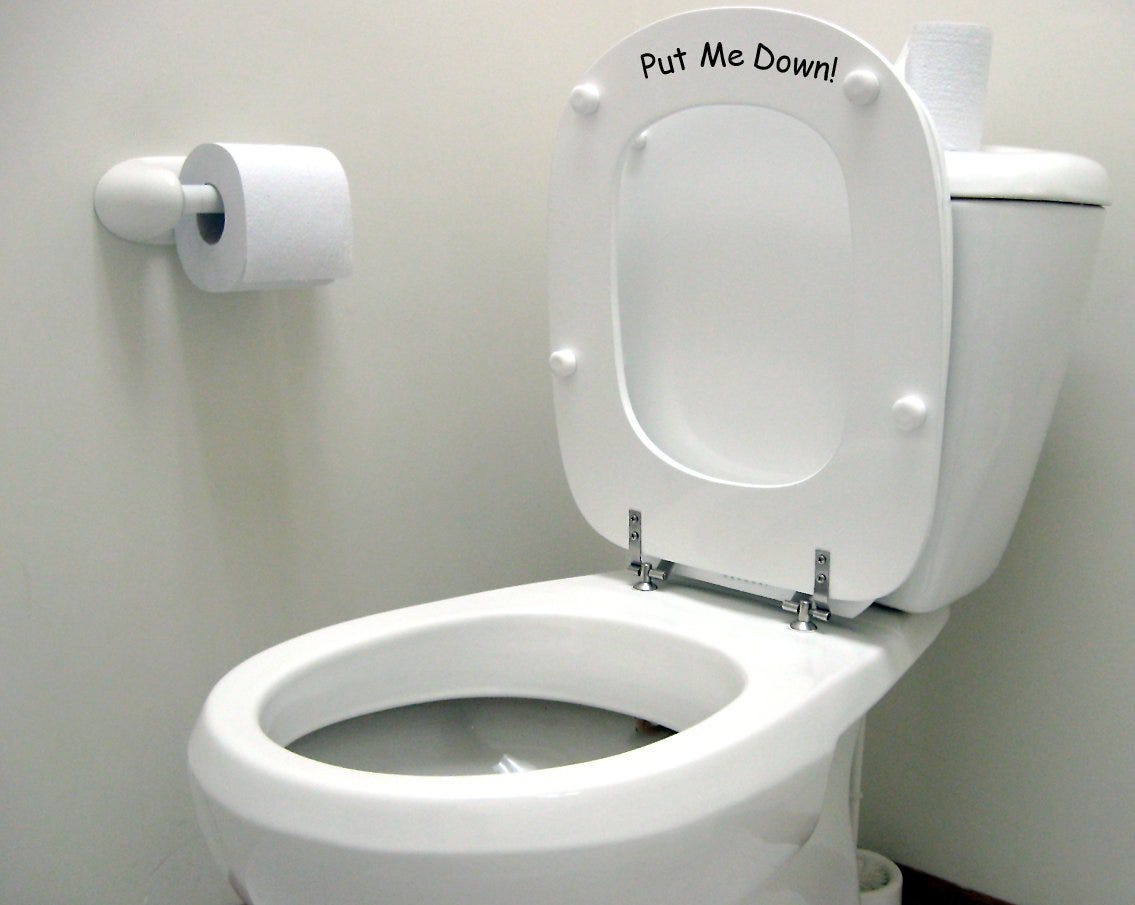
How Much Water Does a Running Toilet Use? A Shocking, Life-Changing Insight
Share
It's here - the question that often plagues homeowners and tech enthusiasts alike: how much water does a running toilet use? This seemingly mundane issue brings about a surprising confluence of environmental concerns, technology integration, and resource management strategies. A running toilet not only wastes significant amounts of water but also signals underlying inefficiencies within a households water management system.
Tech professionals, like ourselves, thrive on understanding and utilizing technology to solve everyday problems, paving the way for a smarter world. Addressing this issue is not just a step towards better living conditions, but also an opportunity to implement life-changing technologies that ensure efficiency and sustainability. With insights into how much water a running toilet wastes, we can develop and enhance smart solutions that revolutionize how we approach home utility management.

The Shocking Water Wastage: Quantifying the Loss
To understand how much water a running toilet uses requires a look beyond the visible. An average running toilet can waste anywhere from 100 to 200 gallons per day, depending on the severity of the leak. Over time, this can exponentially increase water bills and exacerbate water scarcity issues. For tech enthusiasts, its essential to recognize the detrimental effects of such wastage and how emerging technologies can mitigate these challenges.
Why Toilets Waste Water often revolves around a simple mechanical flaw: a malfunctioning flapper or an improper water level setting. This internal imperfection sets the stage for the startling inefficiency that can unnoticeably impact thousands of households.
Transforming Toilets: Innovating for Efficiency
The importance of applying technology in transforming how we manage household utilities cannot be overstated. For instance, integrating IoT solutions within home plumbing systems enables real-time monitoring and data collection that aids in quick leak detection and water usage tracking. Smart leak detectors can alert homeowners via mobile devices, providing a timely intervention that can drastically reduce wastage.
The development and mass implementation of smart toilets can radically change the landscape of water conservation. These toilets can automatically manage flushing, adjust water levels, and self-diagnose issues, significantly reducing wastage and maintenance costs.
Shaping the Future: The Role of Tech Professionals
As tech professionals, our role extends beyond identifying these problems. It involves designing and deploying solutions that bridge the gap between traditional systems and the next-gen smart home ecosystem. Our expertise in creating innovative yet accessible technologies is crucial in leading the charge toward more resource-efficient lifestyles.
Moreover, the development of open platforms and APIs allows for a collaborative approach to solving water waste concerns. By leveraging such technology, we can encourage the integration of various smart home devices, thereby optimizing how household water resources are managed.
Resources and Knowledge Are Key
For tech enthusiasts and professionals seeking deeper insights into optimizing home water usage, I recommend exploring some practical and informative guides. Dealing with Toilet Water Issues or perhaps Understanding Water Levels in your toilet tank can significantly enhance your troubleshooting skills and preparedness.
For further exploration, I also suggest checking out the ultimate guide on perfect flush strategies. This valuable external resource offers essential tips to manage toilet flushing efficiently.

FAQs
Is a running toilet a serious issue?
Yes, a running toilet is a serious issue as it wastes a tremendous amount of water daily, leading to higher bills and contributing to water scarcity.
Can new technology help reduce toilet water usage?
Indeed, IoT and smart home technologies help detect leaks, optimize water usage, and enable real-time monitoring, significantly reducing water waste.
What should I do if my toilet consistently runs?
If your toilet consistently runs, check for issues like a faulty flapper or improper water levels. You might also consider consulting innovative solutions for better diagnostics.
